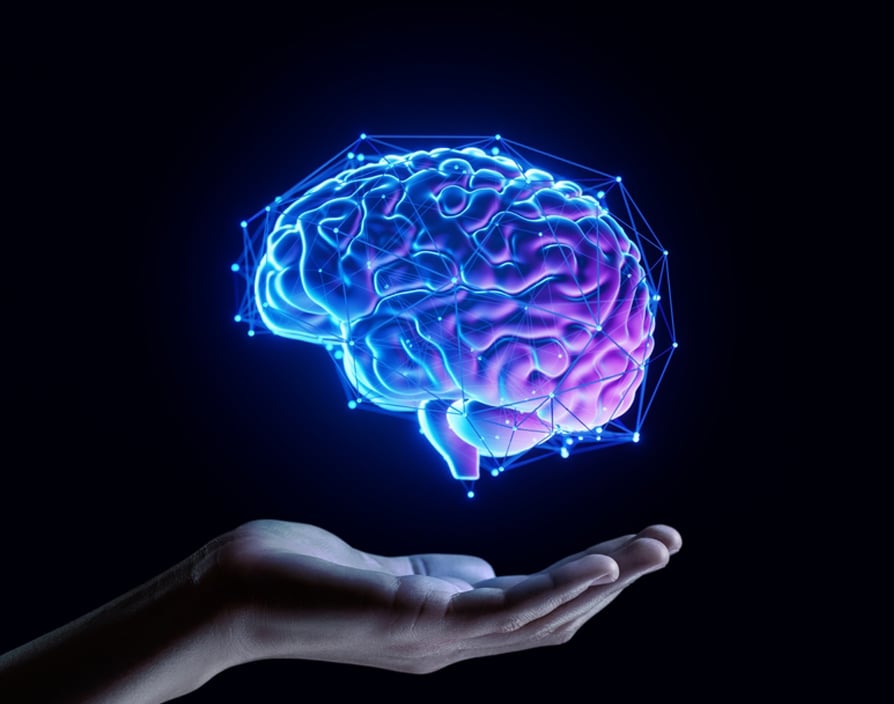As a longevity and lifestyle medicine doctor, I’m constantly delving into the brain’s fascinating ability to form and reform connections. Neuroplasticity isn’t just a scientific curiosity—it’s a pivotal mechanism that enables learning, adaptation, and recovery. By understanding the specific roles of brain regions, neurotransmitters like dopamine, and neural pathways, executives like you can harness this knowledge to enhance productivity, decision-making, and overall health.
Neuroplasticity: The brain’s flexible network
At the heart of neuroplasticity is the brain’s ability to reorganise itself by forming new neural connections throughout life. This adaptability occurs in various brain regions, such as the hippocampus known for learning and memory, and the prefrontal cortex which governs decision-making and executive functions. Each time you learn a new skill or adjust your behaviour, these areas of the brain modify their connections and strengthen pathways that support these new abilities – it’s all part of the brain’s energy efficiency drive.
Dopamine: The motivator molecule
Dopamine plays a crucial role in how we develop habits. Often dubbed the “feel-good” neurotransmitter, dopamine not only boosts your mood but also moves you into action – emotionally and physically. When you perform an activity that releases dopamine, your brain notes that something important is happening that needs to be remembered and creates a neurochemical memory of it. Over time, this leads to the formation of habits as these dopamine-reinforced pathways become the brain’s go-to routes for particular behaviours.
Isn’t it intriguing to think about how your repeated actions are sculpting your brain’s architecture?
Applying the science: The H.A.B.I.T approach to leverage neuroplasticity effectively
Highlight
Identify a single, small change you want to embed in your routine. For example, you might decide to start your day by meditating for 10 minutes to enhance focus and reduce stress or you might take a 10 minute walk after dinner
Associate
Connect this new habit with a positive reinforcement. Maybe after meditating, treat yourself to your favourite coffee—linking the pleasure of the coffee with the completion of your meditation.
Build
Construct a consistent pattern by performing this new habit at the same time and place each day. Consistency is key to forming new neural pathways.
Integrate
Weave this behaviour into your existing routine so it becomes a seamless part of your day. For instance, integrate your meditation session right before you typically review your daily agenda. To continue stacking habits
Track
Measure your progress and make adjustments as needed. Keeping a journal or using an app to track your habits to reinforce your commitment and provide visible proof of your change.
Implementing the H.A.B.I.T approach in rractice
Consider Sarah, a CEO who struggled with time management due to her reactive work style. Using the H.A.B.I.T approach, we identified a new habit for Sarah: beginning her day with a structured planning session instead of immediately opening her laptop and reacting to emails. Here’s how we applied each step:
– Highlight: Sarah chose to dedicate the first 20 minutes of her workday to planning and strategising, away from all digital distractions. She used a 4D model of re-organising her to-do list: Do, Defer, Delegate, Delete.
– Associate: After each successful planning session, Sarah enjoyed her morning cup of coffee
– Build: She scheduled this activity at the same time each morning, right after 10 minutes of meditation, to build consistency.
– Integrate: Sarah linked her planning time with her existing morning routine, making it a natural part of her day.
– Track: She used a productivity app to track her adherence to this new habit and its impact on her daily efficiency.
Over time, these new behaviours, reinforced through neuroplastic changes, became less effortful and more of a natural part of her day, allowing her to manage her time and responsibilities with increased effectiveness and less stress.
A new pathway to success
Imagine your brain as an ever-evolving landscape, with paths being carved and re-carved as you embark on new habits. By understanding the scientific underpinnings of how habits form and how neuroplasticity works, you’re not just changing behaviours—you’re sculpting your brain to become more adept at sustaining success. What new pathways will you choose to forge in your brain’s dynamic terrain?
Share via:










































